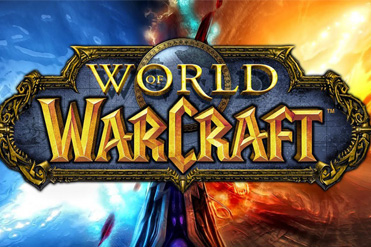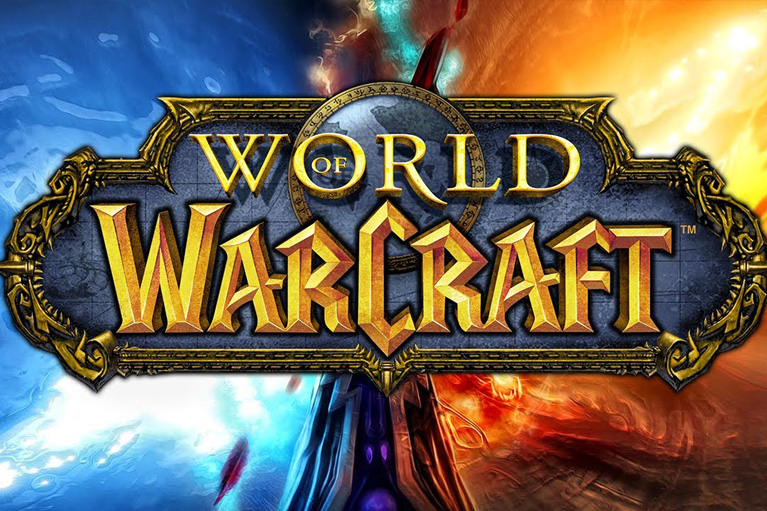

The best part about entrepreneurship is that it can happen anytime, anywhere, and at any stage in life – your own life as well as the life of the company. Blizzard Entertainment is the story of a company seemingly on the downswing that made an unprecedented mega-comeback. The incredible rebound of Blizzard Entertainment has inspired thousands of struggling entrepreneurs to rethink, revise, and revamp their strategy.
The Ups and Downs of Business
Blizzard Entertainment’s golden child, World of Warcraft, saw a significant decline in subscribers in recent years. Its numbers plummeted from over 12 million in 2010 to 5.5 million in 2015 and don’t appear to be rising anytime soon. But the game had already lived past expectations, and Blizzard Entertainment knew its popularity couldn’t hold out forever.
In fact, Blizzard Entertainment evidently planned for this day for quite some time. Now that Warcraft has seen its heyday, the company has seamlessly moved to other ventures – focusing its attention on the eSports industry as well as feature films. It has continued to improve existing games, including StarCraft and Diablo – but more importantly, it has debuted brand new games: Hearthstone, a trading card game, and Heroes of the Storm, a current eSports hit.
Their next game, Overwatch, is due for release this summer – highly anticipated and predicted to be another smash hit. Blizzard Entertainment just turned 25 and has thrived long past its competition. So how does it manage to stay on top of the industry, even after the company seemingly peaked in 2010?

Tip #1: Spread Your Risk
Just as financial advisors tell you to spread your assets around to minimize risk, the world of entrepreneurship follows much the same track. The founders of Blizzard Entertainment were aware from the start that to retain their success, they would need more than just Warcraft, even when the game was wildly popular.
When subscriptions to Warcraft first began to decline, Blizzard had other popular titles – Diablo and Starcraft. Although these developments meant the company probably wouldn’t go under, it was still vital for the founders to come up with something that could keep the momentum going well into the future. While developers were racking their brains for new ideas, two designers were busy changing the landscape of how Blizzard developed new products – without even realizing it.
By beginning new ventures, even when Warcraft was already a huge success, Blizzard safeguarded itself from risk. That way, when the numbers for Warcraft fell, as they inevitably would, the company was already primed and ready to launch its next hit. Even if you’re attached to your original flagship, don’t go down with it. Make room for new ideas and new flagships to arise.
Tip #2: No Idea is a Bad Idea
If you’re an entrepreneur, you’re no doubt familiar with list making. All successful entrepreneurs have a list of ideas that didn’t work out, but creating the lists is what’s most important. If you write down a thousand ideas, at least one is bound to be a success. The team at Blizzard always has ideas on the go and not all of them are failsafe.
Two designers on the Blizzard team began mapping out a rough prototype of what would become Hearthstone, using mostly paper while waiting for the developers to be free from other projects. In this time, the two designers fleshed out the details of Hearthstone, discovering what worked and what didn’t – all while flying under the radar and without dipping into the pockets of the company’s testing fund. The company’s founders didn’t dismiss the idea, and allowed the two designers to continue charting the game on their own before the rest of the team had a chance to join.

Tip #3: Don’t Forget Your Roots
By the time developers were able to focus their attention on the new project, the team of two had already smoothed out the kinks. Production could start right away without any major issues, and Blizzard saved massive amounts of time and money on development costs. Going back to what originally made Blizzard famous – small teams and ink-and-paper design layouts – made the company rethink its current development process.
Another pivotal change in the company that came from Hearthstone was a change in what the games were like. They reverted to the features that really made a product great and tried to reconnect with their original goals – to make a great game. Before they hit fame with Warcraft, the company was a small group of people working to create games that people would want to play. From the first version of Warcraft in the early 1990s to its final mega-hit, Blizzard Entertainment realized it needed to keep the old mindsets alive.
Tip #4: Keep Your Eye on the Prize
The founders of Blizzard chose not to release their subscriber numbers for Warcraft in their earnings report, after their numbers began to drop. While many speculated this was a sign of admitting defeat, in reality, the team was hiding its numbers so the world could be surprised at its “big reveal.”
Blizzard had solved its problem by creating fresh titles, entering new markets, and cutting production costs with Hearthstone. It knew the company was back on the rise but didn’t want people to know until it was certain. By avoiding the negative publicity of subscriber numbers, Blizzard could control what the media talked about – and for the first time in years, the buzz was about new games instead of the “death” of Warcraft.
Tip #5: Listen to Your Heart
Above all, you should learn from Blizzard that listening to your own intuition is often the key to entrepreneurial success. Blizzard began as three men creating video games back when there were only a handful of games on the market. One of the founders used $10,000 his parents gave him to go to Europe to get his company off the ground, originally called Chaos Studios.
They had no staff, no equipment except their own personal computers, and no investors for more income. But they had a dream and a goal of creating great video games. After they developed Rock n’ Roll Racing and The Lost Vikings, a distributor picked them up, and shortly after they shipped the very first version of Warcraft: Orcs & Humans. The rest is history.
The Takeaway
Today, Blizzard Entertainment has switched hands multiple times, working with different companies and acquiring or being acquired by others. It has undergone many setbacks, including a case of accounting fraud by a company called CUC International, which had acquired Blizzard two years prior.
When the public lost faith in them, they shut out the world and worked on their business. When they were spending too much-fixing kinks in redevelopment, they went back to ink-and-paper design layout. When a game seemed too complex or too simple, they made the adjustments according to what they would want to play – and they redefined the gaming world.
Just because someone has already done it before or you will have competition doesn’t mean you can’t revitalize the field and be a success. Before Facebook and Twitter, there were other social media sites (anyone remembers MySpace?); before Nike there were other sports brands – if you have an idea you just can’t shake, go with it. Don’t be discouraged by competition. Instead, learn from their mistakes to build a better version.
Finally, don’t sell yourself short. As an entrepreneur, you’ll face setbacks and hardships, but that doesn’t mean you should give up. From the beginning, the founders of Blizzard Entertainment consciously chose the word “Entertainment” instead of “Studios” or “Games.” Even though at the time they were only creating video games, they set their sights high and didn’t hold back. And in the end, isn’t that what makes us entrepreneurs?
The post What Entrepreneurs Can Learn from Blizzard Entertainment first appeared on Web Design & Digital Marketing Tips.